Information and Access Security
Information is the most important "product" for companies, especially in areas where the latest technologies are used. As the structure of your organization becomes more complex and the number of identities used within the organization increases, it becomes more critical that the right people have access to the right resources for the right purposes at the right time. This is the reason for the emergence of the term Governance, Risk and Compliance (GRC). With this mindset, it is aimed to take necessary actions and ensure legal compliance by evaluating the situation with risk-oriented approaches within the organization. Information and access security is becoming more important, especially as the advantages of isolation from ownership of hardware increase with technology. The leakage of more than 10 billion records in recent data breaches shows the key role of information and access security. Add to this the fact that the largest data breaches have occurred in the last 3 years and there is no doubt that the magnitude of these leaks will continue to increase.
Privileged Access Management (PAM)
In privileged access scenarios, PAM solutions ensure that this access is controlled, monitored, secured and recorded, regardless of whether it is a human or non-human user. Its main purpose is to prevent the theft of these users' login credentials and misuse of the privileges they have. In addition, it eliminates the internal risk arising from the authorization by taking the privileged account ownership of the users completely to the central and secure vault.
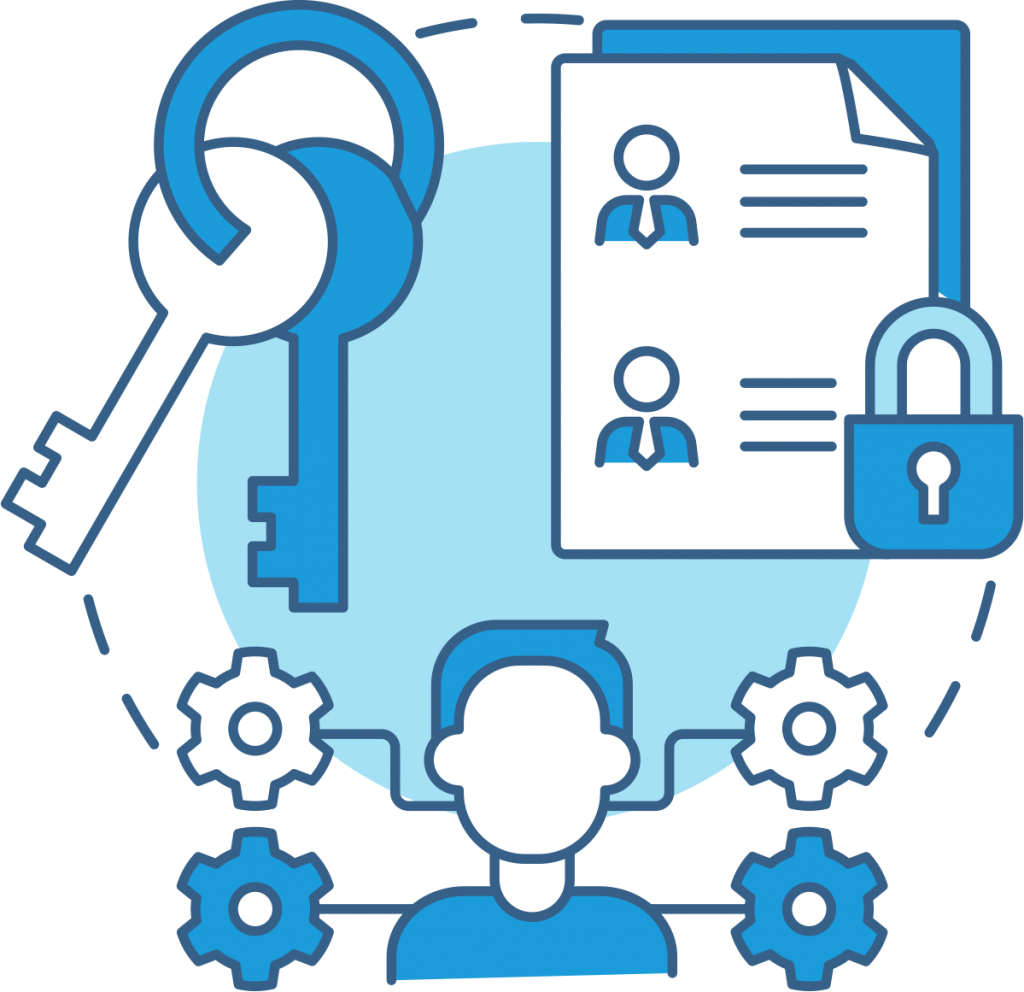
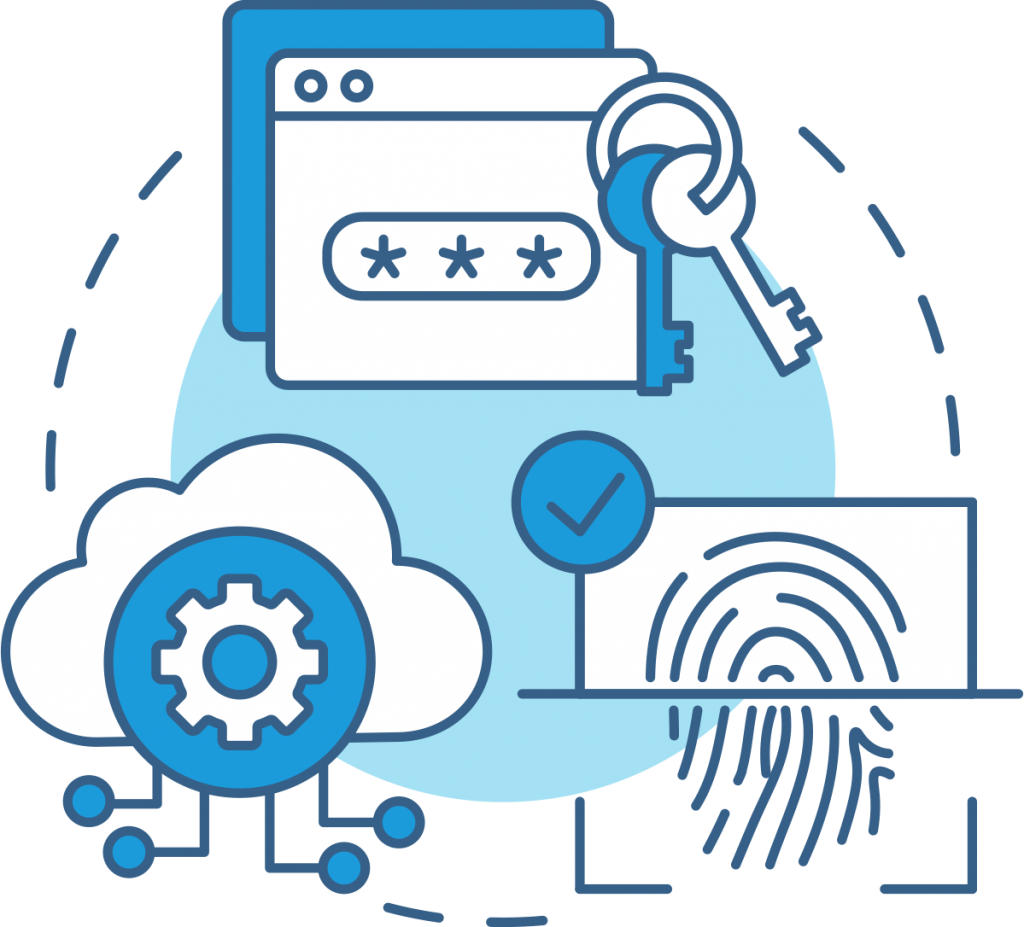
Identity and Access Management (IAM)
It enables the creation, storage and management of user identities and the automatic control of relevant access permissions on a role and attribute basis. It can manage all your recruitment and dismissal processes by working together and integrated with your existing human resources or other systems. In addition, it offers a centralized authorization, reporting and audit panel integrated with all in-house systems. In addition, it helps to manage your authorization and access processes as a whole by working with MFA, SSO and PAM products.
Single Sign-On (SSO)
SSO solutions eliminate the need for users to create separate identities and remember different passwords when logging into different systems. It creates different passwords for systems in the background and allows the user to log into different systems with only one main account. Since it supports centralized password control, it provides the environment for setting standards for enterprise-wide security when reinforced with MFA. In addition, the SSO protects all your API accesses with secure token uses such as jwt, openid, SAML, OAuth2.
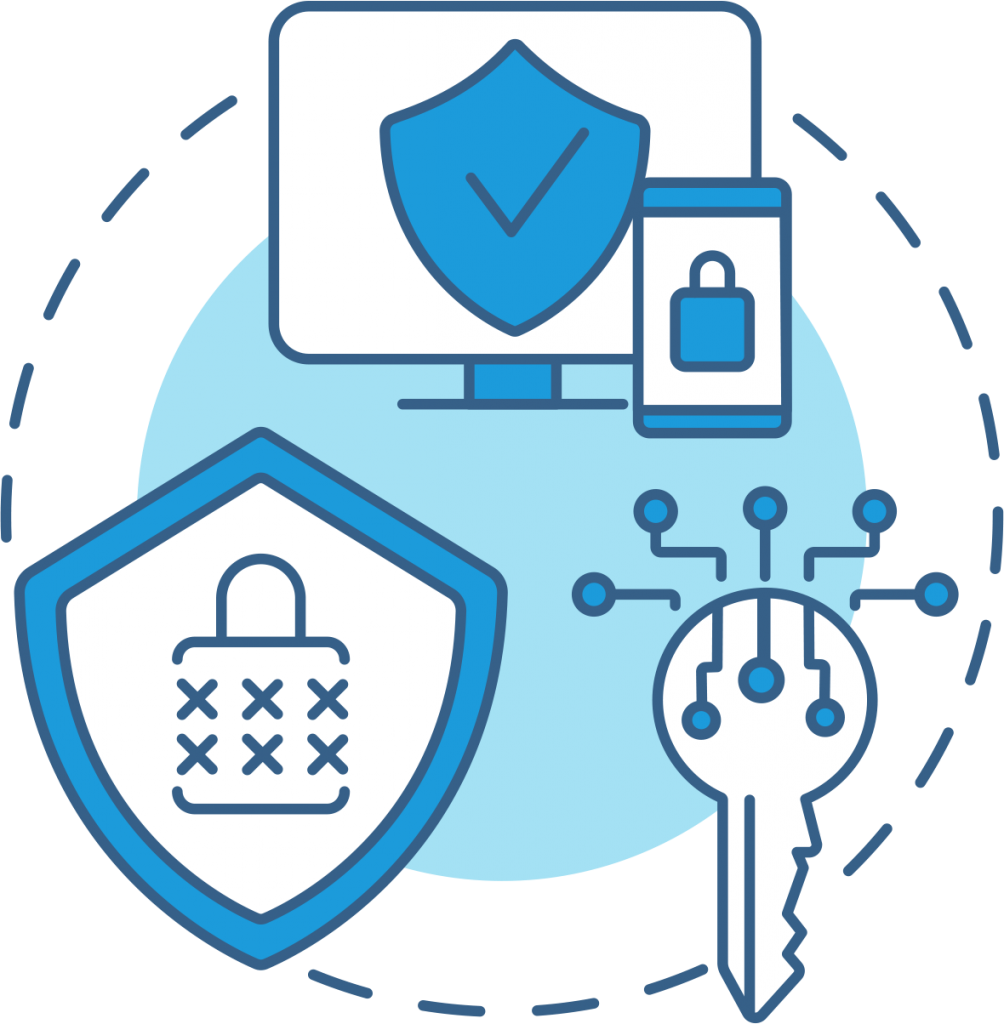
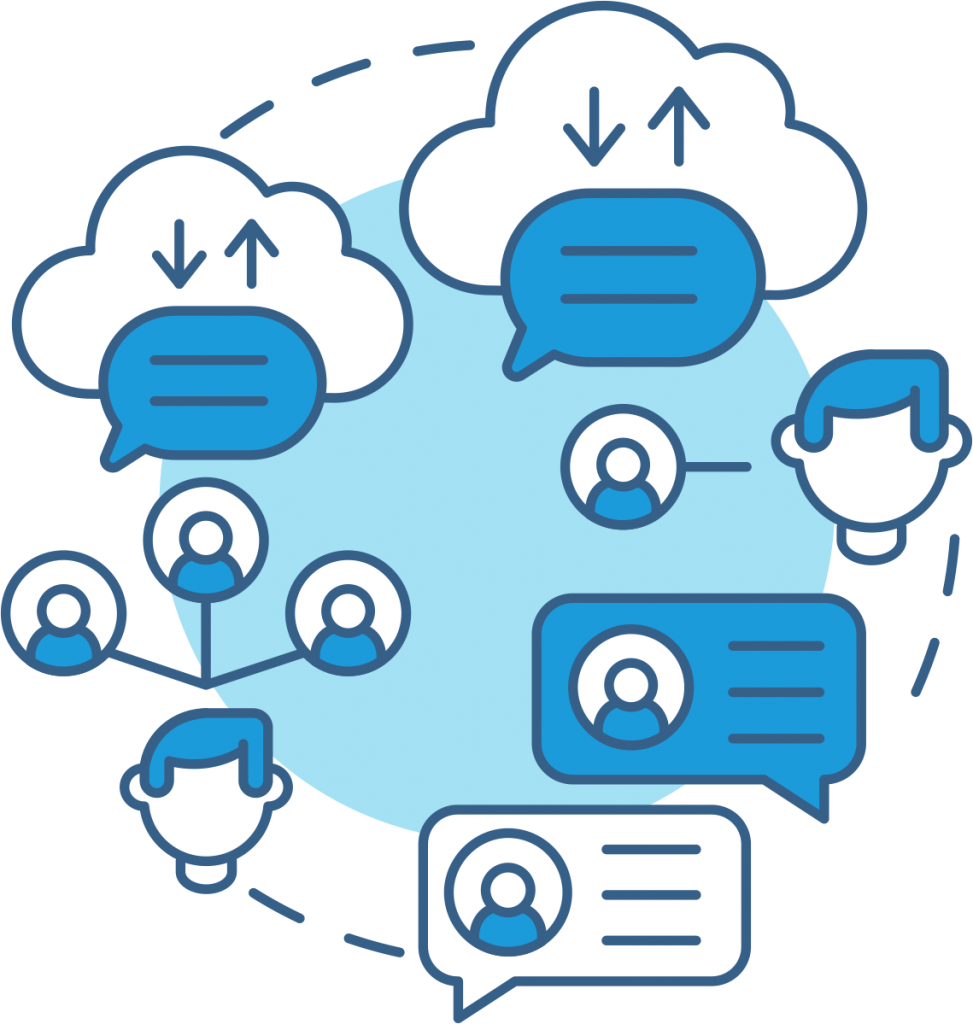
Multi-Factor Authentication (MFA)
This technology, which we have started to see as 2FA in its simplest form, allows the user to prove his identity with additional steps such as biometric authentications like fingerprint and face recognition, push notification sent to the phone, SMS, e-mail, voice call, in addition to username and password. This adds extra layers of security against brute force attacks and password leaks.
Remote Support
The most important feature that distinguishes Remote Support (Bomgar), which is used by service/call desks to perform internal/external remote connections, is that it works in the customer's environment and control as an On-Premise virtual device and offers multi-platform support (Windows, Linux, Mac, Android, iOS, etc.). Remote Support (Bomgar) is the only option in projects where security and centralization in remote connection is the main goal.
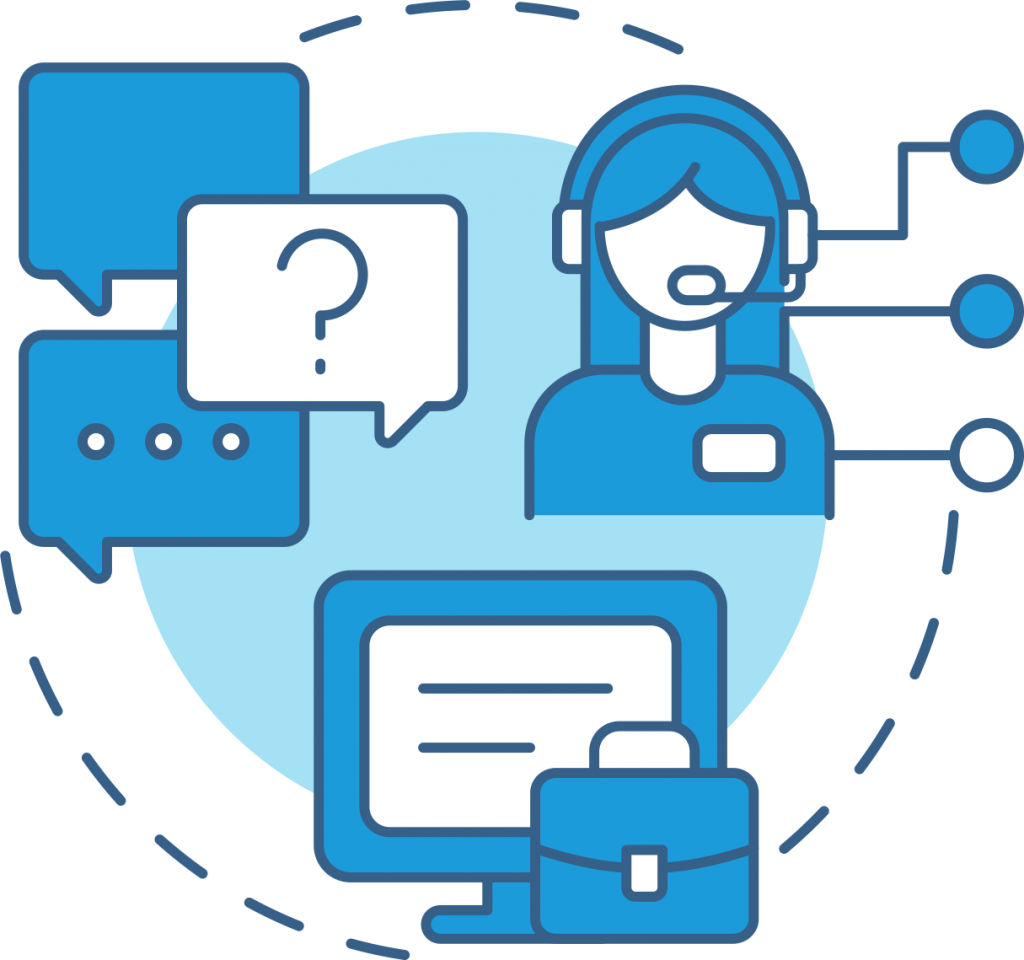

Secure Access Without VPN
With this solution, when you need to give third parties access to in-house applications, you do not need to configure VPN and user permissions for each access. Each corporate network access and user definition creates extra security burden for organizations. With CyberArk Alero solution, you can encrypt this access end-to-end, perform biometric multi-factor authentication, and easily implement your internal policies by providing access on the browser without the need for password information and VPN usage. It also allows you to take audit logs and record session and user activities. Thus, it solves your compliance and security problems for third-party access singularly.